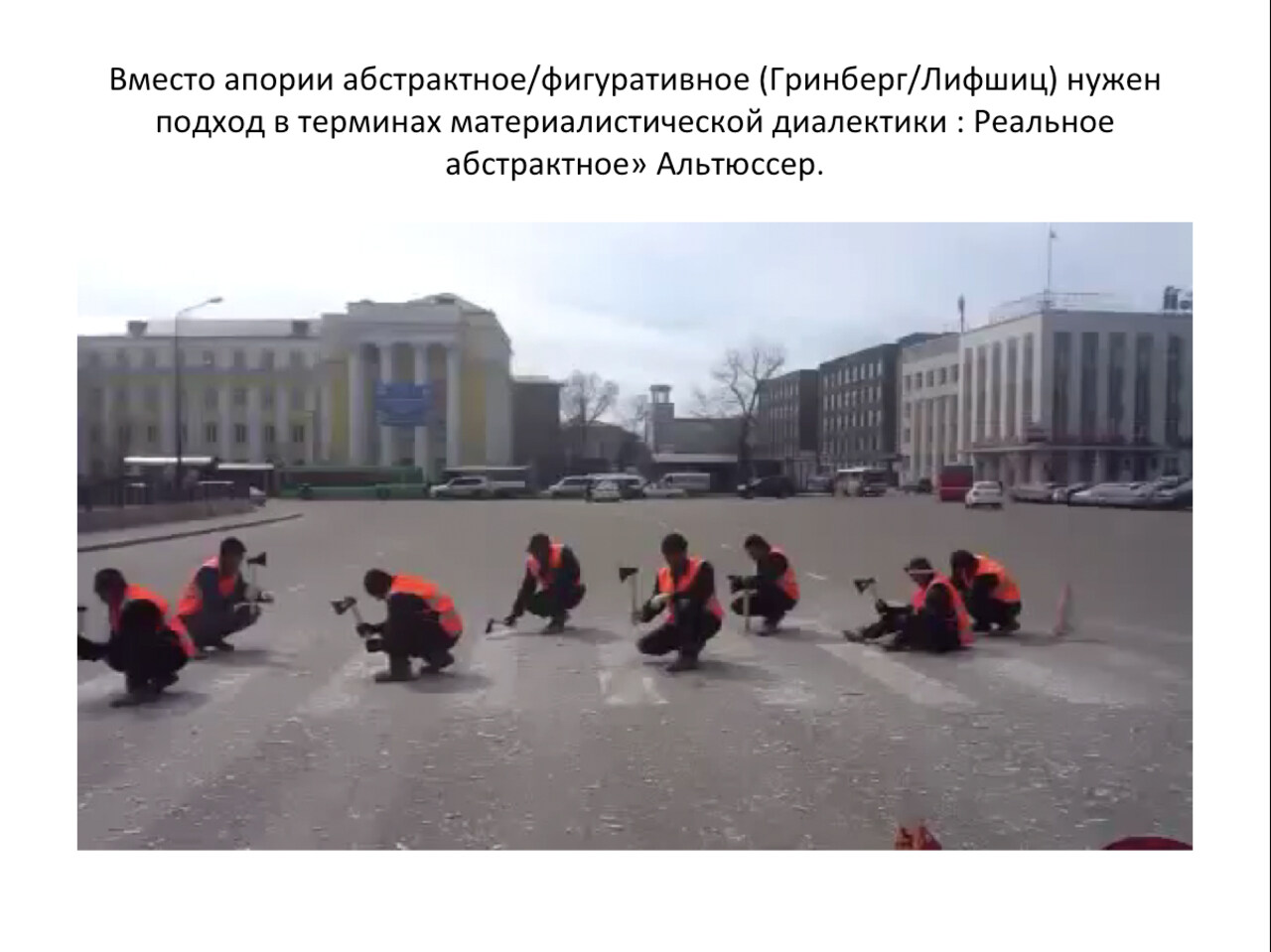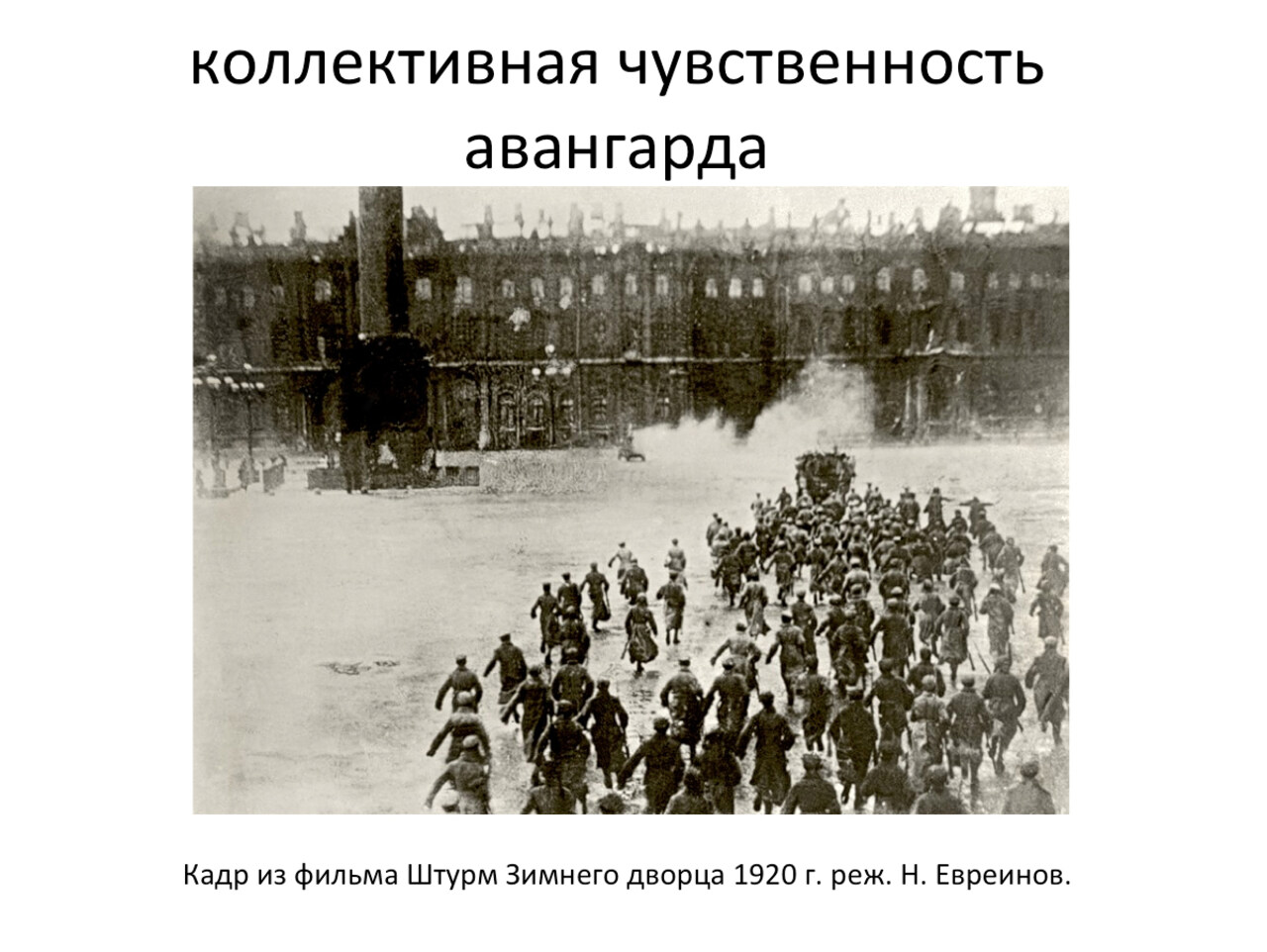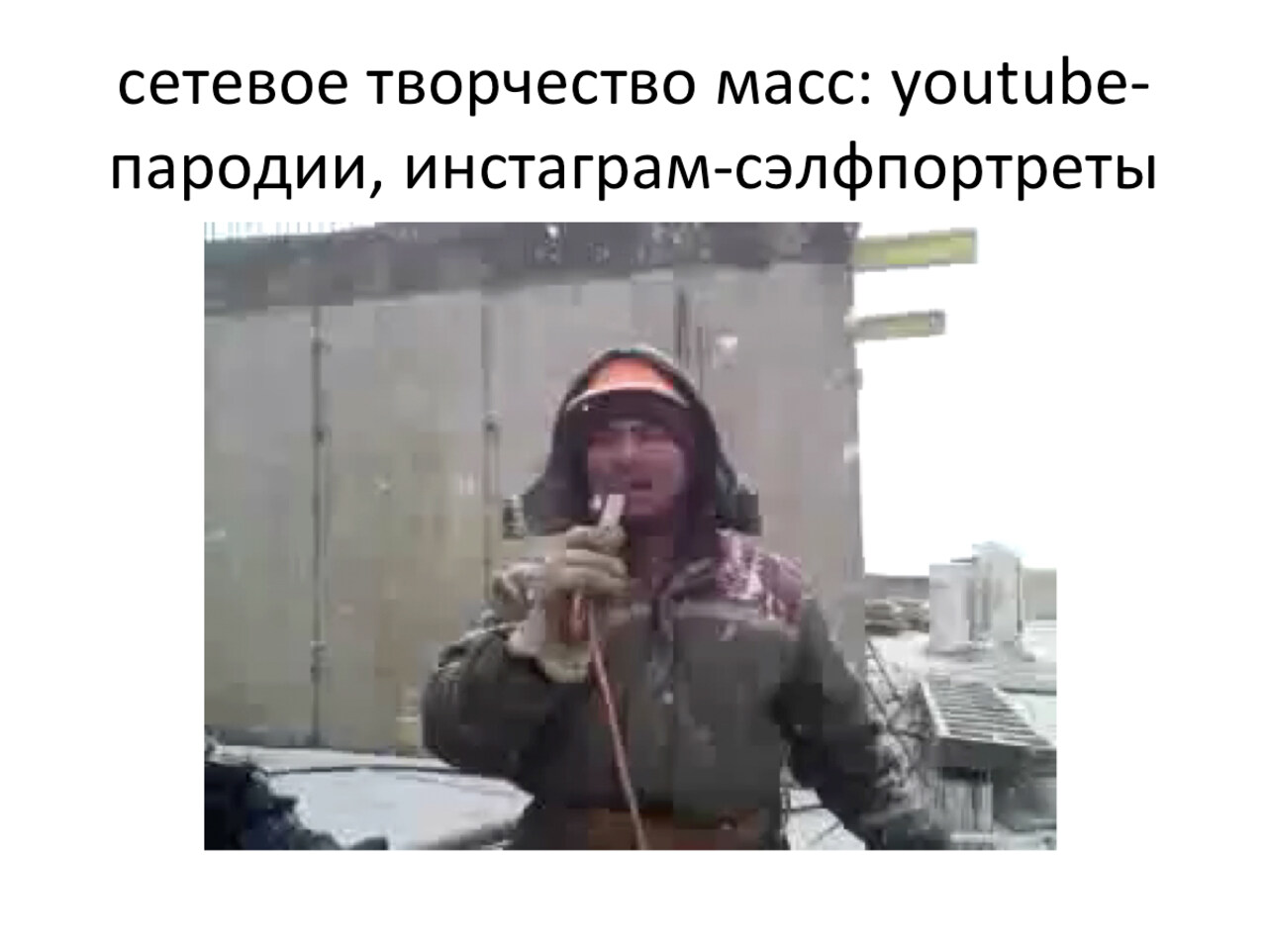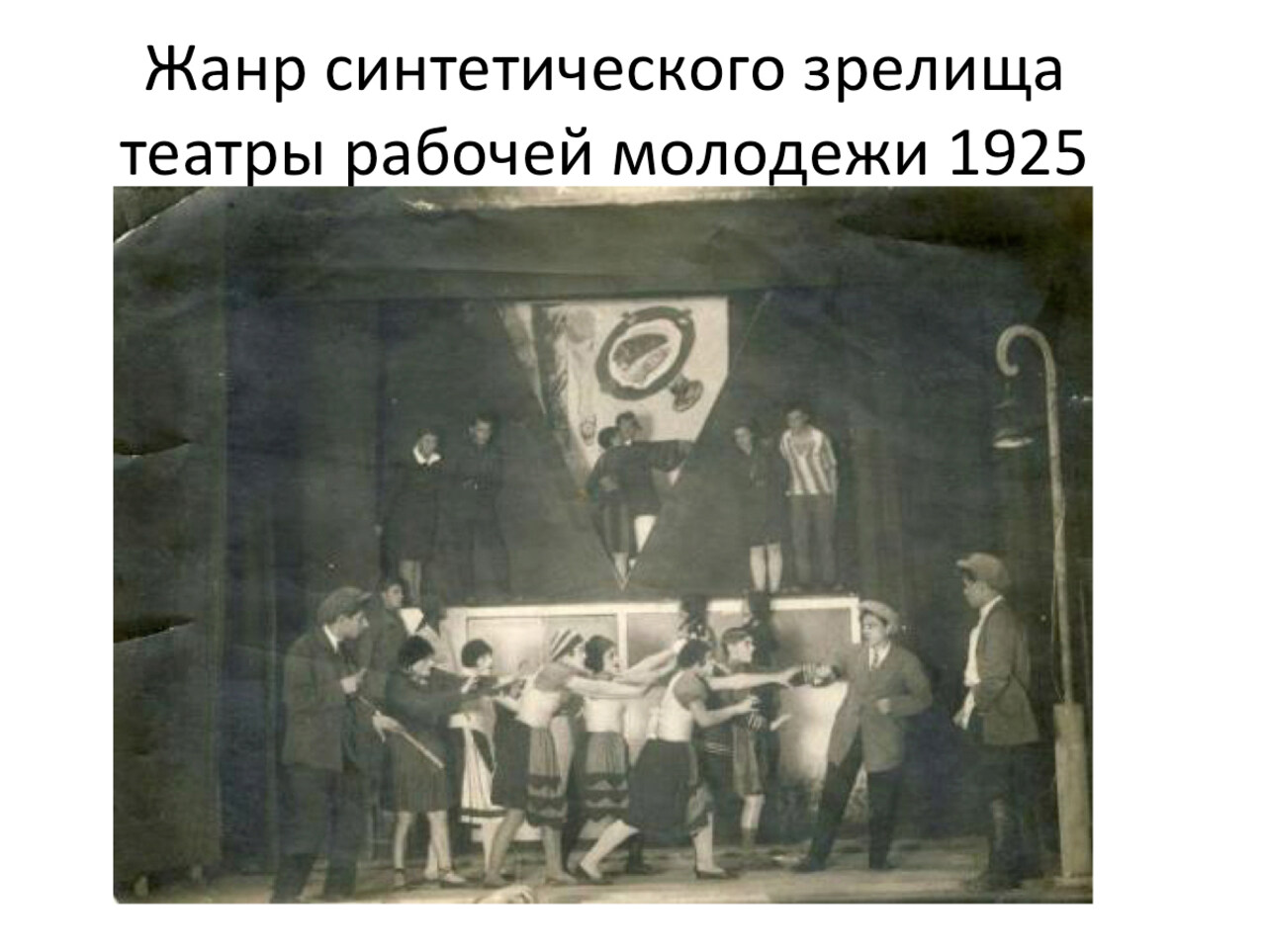Terms: spontaneous grassroots alternative, affective labour, collection, extensions, intimate interfaces, practices of ourselves, psychodata, digital proletariat, social choreography, production drama
Usually, when talking about the dissolution of art in life, and creativity in work, one mentions already quite worn out avant-garde project of the early Soviet zhiznestroenie (building life). But can we uncritically draw a parallel, albeit with a correction for the difference in time and methods between the movements of workers’ correspondents (rabkors) and village correspondents of the 1920s and modern active media activists and bloggers? The extreme left wing of the early Soviet avant-garde in its project was radically biopolitical (whereas Lenin’s ideas were much more traditional and based on the continuation of the enlightenment project). The proletarian artist was seen by proletcult practices as the “creative medium of their class”, and the theoretician of the proletarian theater, Platon Kerzhentsev, objecting to any attempts to create professional actors from workers, wrote that “only while remaining by the machine, while remaining a worker, they can (proletcultovets) become the true creator of the proletarian theater.” Today, in the era of new media, self-representation becomes the main form and almost an obligatory communicative skill. With a universal penetration of social networks and mobile individual media, the “tactics of self-representation” are literally imputed to everyone. Everyone today is a self-designer (B. Groys), forced “to create with improvised means” and to reinvent their media image daily. But what happened in this case with the idea of labor? Many individual products of new media are reassigned by media corporations. Where the fate of such “poor”, quasi-genre, kitsch and tasteless phenomena, like numerous youtube-parodies, amateur performances and dances, Internet memes and demotivators is to be the suppliers of the assortment of the global cultural industry? Or do they still have emancipating potential for their producers?



